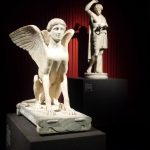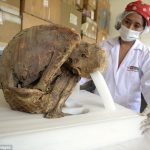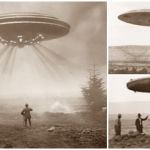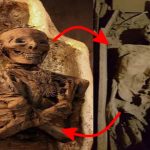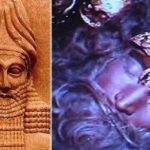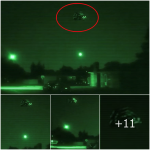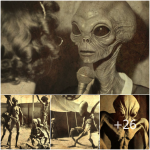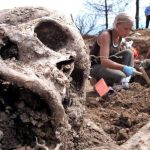The Egyptian Trinity: Dissecting Ancient Egypt’s Sacred Triad

Ancient Egypt, with its enigmatic pyramids, majestic pharaohs, and mystical rituals, continues to captivate the imagination of scholars and enthusiasts alike. Central to the religious beliefs of the ancient Egyptians was the concept of a divine triad, a sacred trinity that played a pivotal role in shaping their worldview and religious practices. This triad consisted of three major deities: Osiris, Isis, and Horus. Understanding the significance of this divine trio offers profound insights into the spiritual and cultural landscape of ancient Egypt.
At the heart of the Egyptian Trinity is Osiris, the god of the afterlife, resurrection, and the underworld. Osiris symbolized the cycle of life, death, and rebirth, embodying the eternal rhythm of existence. He was depicted as a mummified pharaoh, often adorned with the Atef crown and holding the crook and flail, symbols of kingship and fertility. Osiris served as the divine judge who presided over the weighing of the hearts ceremony, determining the fate of souls in the afterlife. His cult was widespread throughout Egypt, and his annual festival, the Osiris Mysteries, was a time of solemn rites and communal celebration.
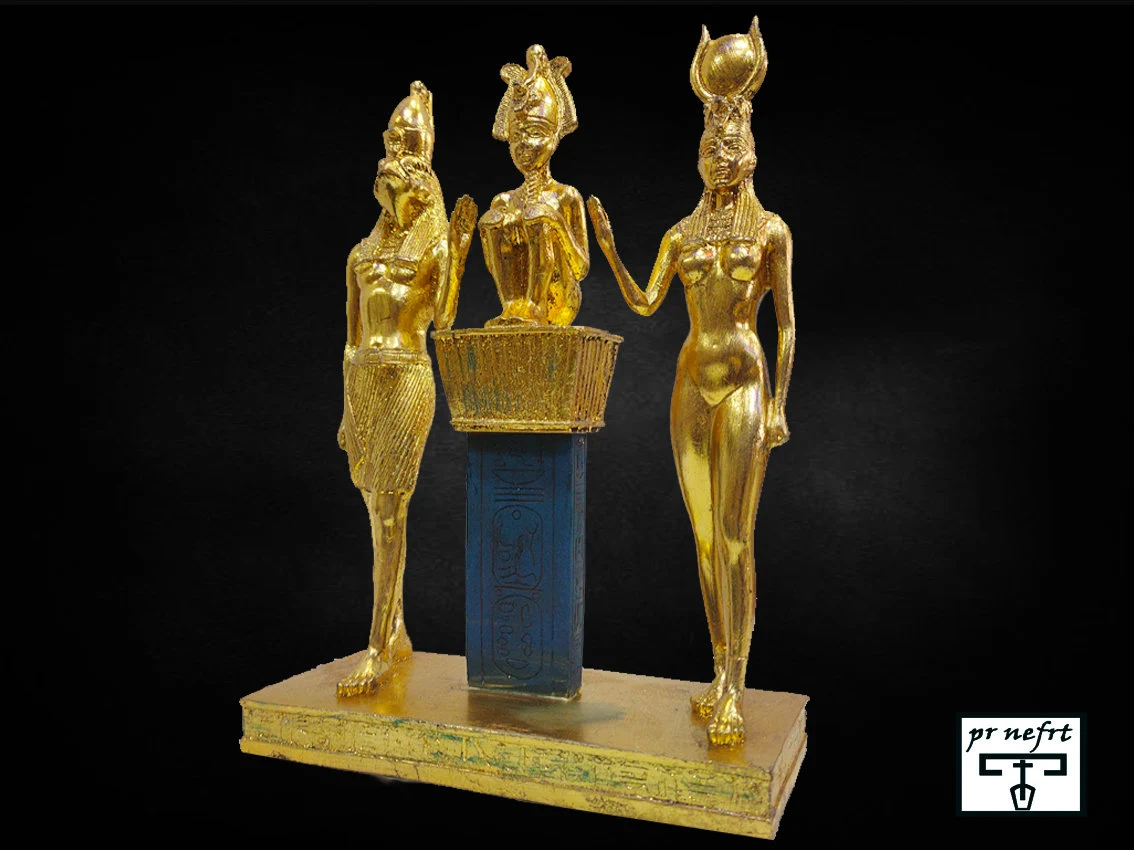
Accompanying Osiris in the Egyptian Trinity is Isis, his devoted wife and sister, revered as the goddess of magic, motherhood, and wisdom. Isis played a central role in the myth of Osiris, as she tirelessly searched for her husband’s scattered remains and magically reassembled them, symbolizing the power of love to overcome death. As the divine mother of Horus, Isis embodied the nurturing and protective aspects of femininity, serving as a compassionate intercessor for those in need. Her cult was immensely popular and enduring, extending beyond Egypt’s borders to influence the religious practices of neighboring civilizations.
Completing the divine triad is Horus, the falcon-headed god of kingship, sky, and protection. Horus was venerated as the son of Osiris and Isis, embodying the rightful heir to the throne and the avenger of his father’s murder by the treacherous Set. In Egyptian mythology, the pharaoh was believed to be the living incarnation of Horus, entrusted with the divine mandate to uphold order and justice in the land. Depicted with the double crown of Upper and Lower Egypt or as a falcon in flight, Horus symbolized the triumph of good over evil and the enduring resilience of the Egyptian monarchy.
The Egyptian Trinity reflects fundamental principles of Egyptian cosmology and religious belief, embodying the interconnectedness of life, death, and the divine. Osiris, Isis, and Horus formed a divine family unit that epitomized the cycle of birth, death, and regeneration, offering hope for eternal life beyond the mortal realm. Their cults fostered a sense of communal identity and spiritual reassurance, providing solace and guidance to the ancient Egyptians in the face of life’s uncertainties.
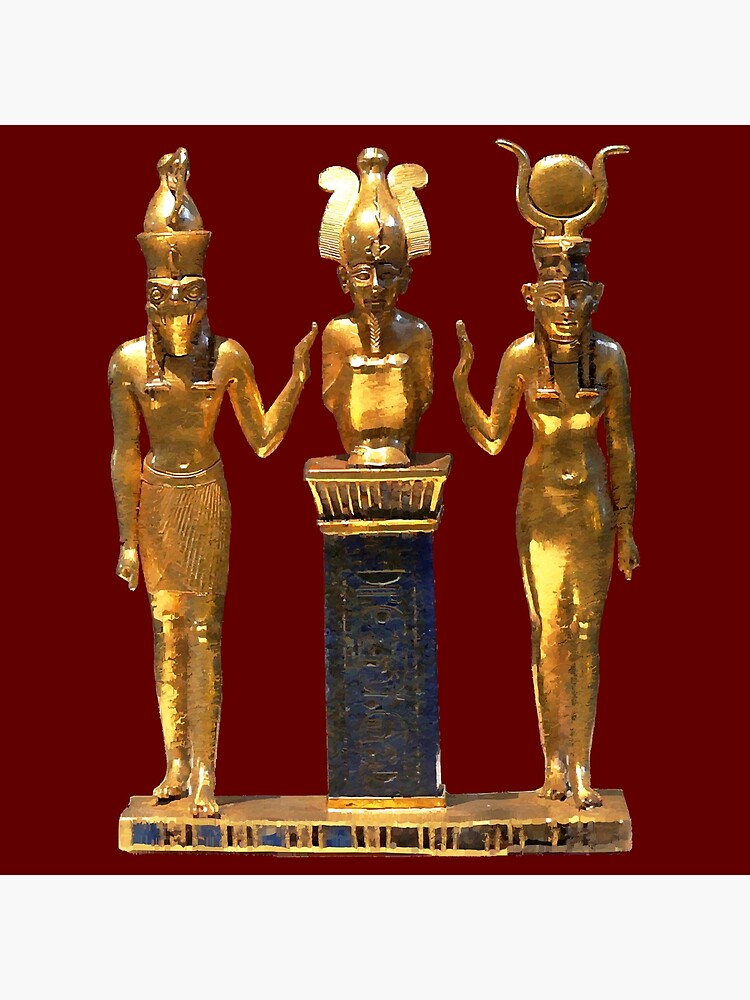
Moreover, the Egyptian Trinity exerted a profound influence on the artistic, architectural, and symbolic motifs of ancient Egypt. Temples dedicated to Osiris, Isis, and Horus adorned the landscape, serving as sacred centers of worship and pilgrimage. Iconic imagery depicting the divine family adorned temple walls, papyrus scrolls, and funerary objects, perpetuating their mythic significance for generations to come. The enduring legacy of the Egyptian Trinity is evident in the enduring popularity of their cults and the enduring fascination with ancient Egyptian civilization.
In conclusion, the Egyptian Trinity of Osiris, Isis, and Horus occupies a central place in the religious and cultural heritage of ancient Egypt. As a sacred triad, they embodied the fundamental principles of Egyptian cosmology, offering spiritual guidance and divine protection to the ancient Egyptians. Through their myths, rituals, and cultic practices, Osiris, Isis, and Horus provided a framework for understanding the mysteries of life, death, and the afterlife, leaving an indelible mark on the religious landscape of antiquity.
